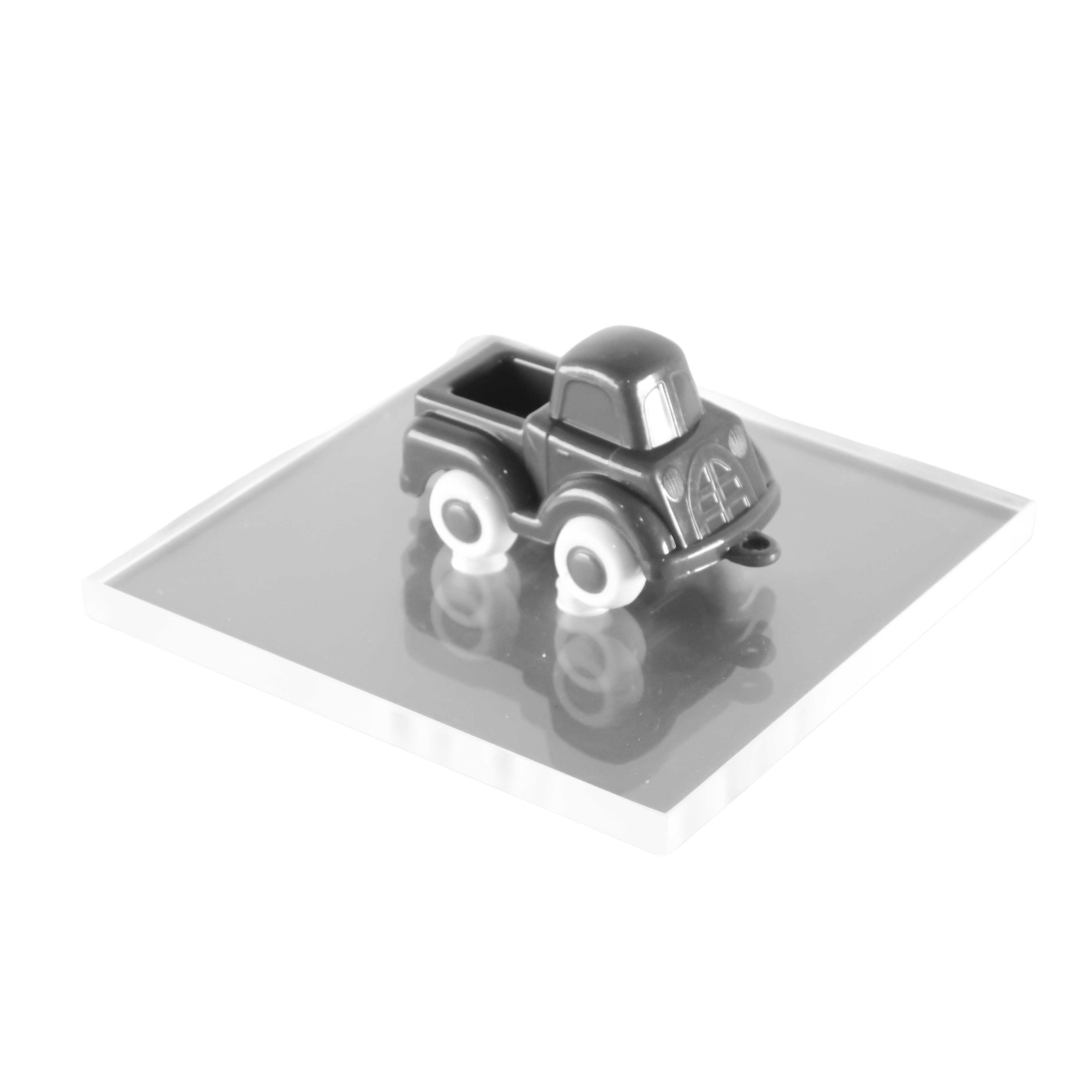WHY WE NEED THIS SIMULATION
Line Design to industrialize new production processes
The game shows the process to be followed for the industrialisation of a production process. During the practice, a traditional company, organized by specialised sections, is transformed into a customer-oriented work cell. In this simulation, VSM, 5S, workload analysis and balancing, kanban, mizusumashi and pull flow are applied.
PRICE: 750 EUR + VAT
WHAT ALLOWS US TO TRANSMIT
Processes designed for customer satisfaction
A production cell is the organization's minimum functional unit. It is made up of an autonomous team working on the same process. Its personnel have all the tools necessary to ensure the correct performance of the process. The formation of these cells within the company is carried out gradually, and progresses according to an oil slick model: As the consolidation of the autonomous cells progresses, the personnel gradually detach themselves from the departmental hierarchy of the traditional organization chart and are grouped into self-organised teams around the key processes of the organization.
Identifying the elementary operations of the process. Observation of the process by tracing all aspects related to the patient and standardisation of the basic ones in order to have repeatable processes.
Analysing the operations of the process. This workflow study, in turn, will be the starting point for the balancing of workloads and the design of operations, including machines, tools, personnel and even packaging, all of which are necessary to develop the production process.
Representing the process flow and designing the operation one. To illustrate all these steps, it is usual to represent both the process and the workflow also linearly.
Identifying inputs and outputs. An in-depth study of the nature and characteristics of this product makes it possible to examine all the operations necessary to obtain it, starting from raw materials. This sequence of operations is what we know as 'the process map'.
Work according to customer demand. Transform the process that works according to a 'push' model into a process that serves customer demand according to a 'pull' model.
The exercise shows the process to be followed for the design of a set of workstations which share the same production process. In this simulation, techniques such as VSM, 5S, workload analysis and balancing and work standard definition, kanban, mizusumashi and pull flow are applied. At the end of the session, participants will be able to understand the systematic application of the methodology to be followed for the design of a production cell and the benefits associated with such a format.
The game helps everyone involved to be part of the solution
METHODOLOGY STEP BY STEP
The development of a phased training is revealing and instructive because it helps to generate knowledge in each of the phases, as participants identify the effects of every change introduced with respect to the previous phase. The Apex Mindset games are structured as follows:
1 Introduction
Definition at the beginning of each phase of the challenge and the scope of the problem faced by the team
2 Training
Explanation of the theoretical contents to be applied to solve the problem posed by the game
3 Application
Development of the game phase, applying the concepts explained in the training
4 Learning
Review of the results and assessment of the contribution of each of the concepts introduced. Moving on to the next phase

1. Introduction
2. Training

3. Application
4. Learning
PRICE: 750 EUR + VAT
The game helps everyone involved to be part of the solution
The trainer should be an expert in facilitating games and simulations with experience in leading improvement teams.
Game to be played in a large room so that players and observers can share and participate in the experience.
The game is designed to take between 2 and 4 hours, depending on the content of the training.
All in one box: what you need for the facilitation and development of the game is all included inside the product box.
